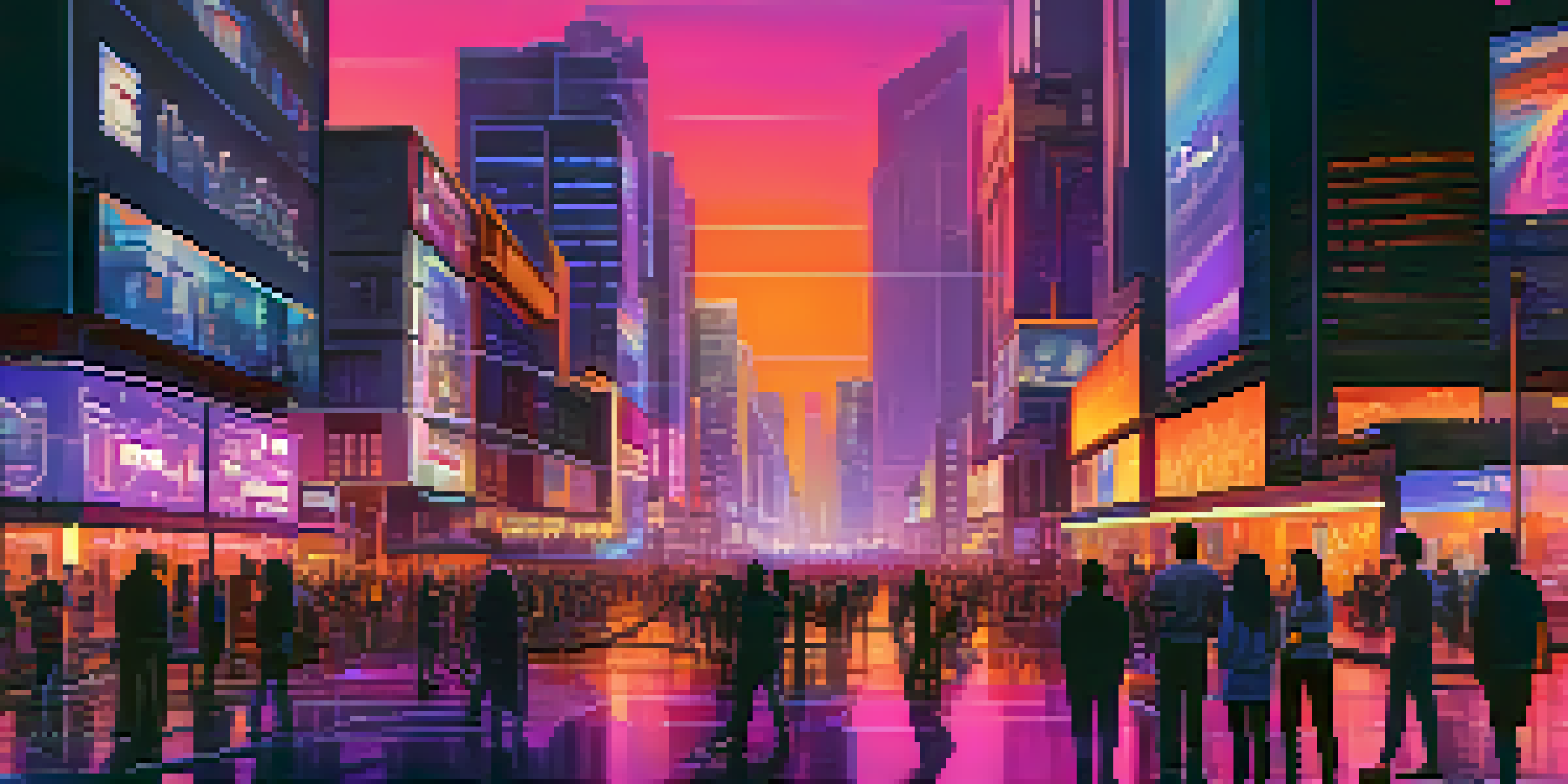Digital Art in Advertising: Captivating Audiences with Creativity

The Rise of Digital Art in Advertising
Digital art has revolutionized the advertising landscape, allowing brands to connect with audiences in innovative ways. Unlike traditional methods, digital art offers flexibility and endless creative possibilities. This transformation has enabled advertisers to craft visually striking campaigns that resonate with viewers and stand out in a crowded marketplace.
Engaging Audiences Through Visual Storytelling
One of the most powerful aspects of digital art is its ability to tell stories visually. Brands can create compelling narratives that engage audiences on an emotional level, making their messages memorable. For example, a digital art campaign that tells a relatable story can evoke feelings of nostalgia or joy, prompting viewers to share the content with others.
Digital Art Transforms Advertising
Digital art revolutionizes advertising by offering brands innovative ways to connect with audiences through visually striking campaigns.
Interactive Experiences and Audience Participation
Digital art allows for interactive advertising experiences that encourage audience participation. Utilizing augmented reality (AR) or gamification, brands can create immersive campaigns that invite consumers to engage actively. This not only enhances the enjoyment of the content but also fosters a deeper connection between the audience and the brand.
The Role of Animation in Captivating Attention
Animation is a key component of digital art that captivates audiences and draws them in. Moving visuals can convey messages more effectively than static images, creating a sense of dynamism. For instance, a well-animated advertisement can communicate a brand's values in mere seconds, capturing attention in an era where viewers have limited time.
Visual Storytelling Engages Audiences
The ability of digital art to tell compelling stories visually makes messages more memorable and emotionally resonant.
Creating Memorable Brand Identities with Digital Art
Digital art plays a crucial role in establishing and reinforcing brand identities. Unique artistic styles and visuals can help a brand stand out and be easily recognizable. Over time, this consistency builds trust and loyalty, as consumers come to associate specific imagery with the brand’s values and mission.
The Importance of Tailoring Art to Target Audiences
Understanding your target audience is essential when creating digital art for advertising. Tailoring visuals to resonate with specific demographics allows brands to communicate their messages more effectively. For example, vibrant, playful art may appeal to younger audiences, while minimalistic designs might attract a more mature consumer base.
Social Media Boosts Digital Art Reach
Social media platforms enhance the visibility of digital art in advertising, allowing brands to engage wider audiences through shareable content.
The Impact of Social Media on Digital Art in Advertising
Social media platforms have become vital channels for digital art in advertising. With the ability to share and promote visually appealing content instantly, brands can reach wider audiences than ever before. Additionally, the viral nature of social media means that creative digital art can lead to organic engagement and increased brand visibility.
Future Trends in Digital Art for Advertising
As technology continues to evolve, so will the role of digital art in advertising. Trends such as artificial intelligence-generated art and personalized content are set to shape the future. Brands that embrace these innovations will not only capture attention but also create lasting impressions that resonate with consumers long after their initial encounter.